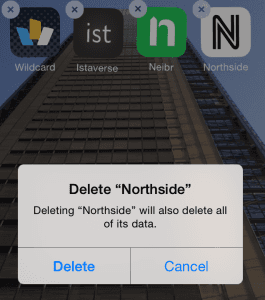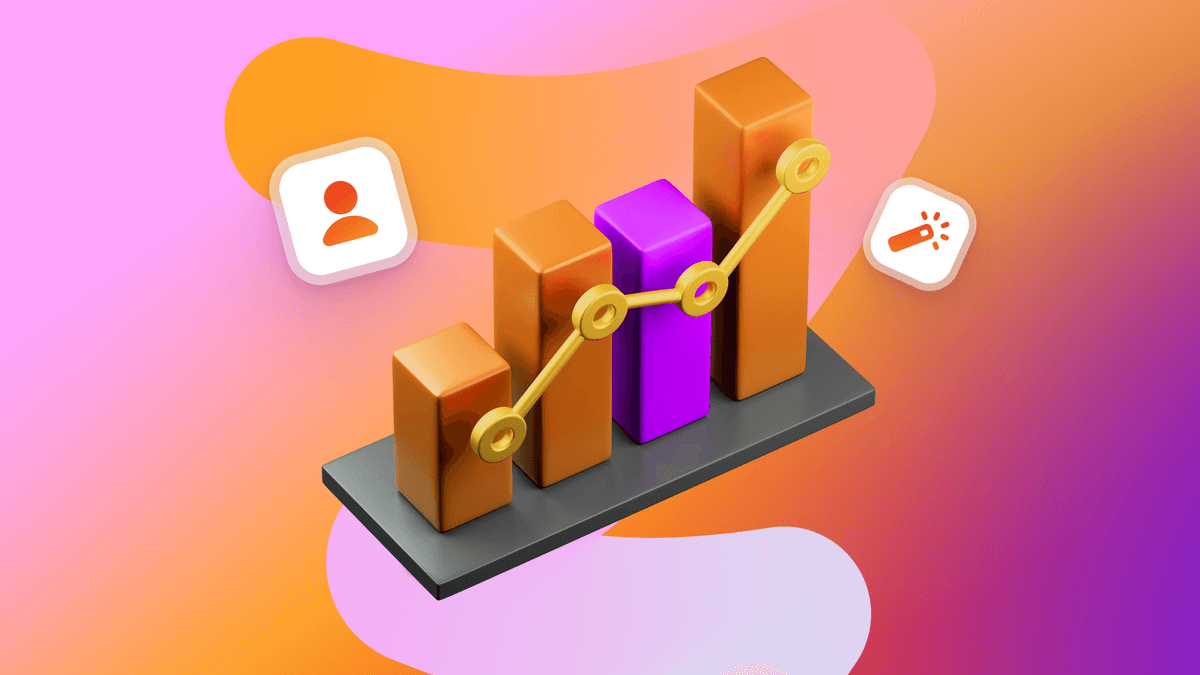Uninstall Tracking: An Industry Look at its Strengths and Limitations
Published on August 20, 2015/Last edited on August 20, 2015/3 min read


Marion Nammack
Senior Product Manager, Braze
As the cost of acquiring customers continues to rise, driving engagement is more important than ever. We believe that tracking disengagement is also an essential part of bolstering brand interactions, and hope to shed some light on why uninstall tracking is useful, and how to assess the strength and limitations of what’s currently available.

Determine wider trends and anomaliesApps should constantly strive to improve the customer journey and experience. Uninstall tracking plays a large role in this, because by analyzing aggregate uninstalls over time, it’s possible to determine wider trends and anomalies, and use the results to positively modify the customer’s interactions with your app. By discovering who uninstalled your app, you can additionally retarget those customers and win them back through personalized, relevant outreach.
Take action on insights not assumption These valuable and actionable insights can no doubt positively impact your bottom line, but it’s also important to be aware of limitations on existing versions of the feature. For instance, while it would be nice to attribute uninstalls to specific campaigns, it’s actually very difficult to know exactly why and when customers decide to remove your app. Think about situations where you’ve decided to uninstall an app – has it always been because of the messages your received? Or have other factors (such as a confusing onboarding process, bad in-app experiences, or just plain disinterest) had an impact? Because uninstalls can be triggered by a variety of issues, it’s best not to ascribe blame to a particular message except in the face of compelling evidence.
The breakdown of push bounce, APNs and GCMUninstalls are typically tracked via communication with the feedback services of notification providers, such as Apple Push Notification Service and Google Cloud Messaging. Apple and Google’s feedback services notify applications when push messages cannot be delivered to a device, otherwise known as a “push bounce,” which can indicate a customer has uninstalled your app. But despite what some may suggest, it’s nearly impossible to know exactly when a user uninstalls, because feedback is only generated when apps attempt to deliver push messages.
- When queried, APNs delivers an aggregate feedback list of remote notifications that were sent to apps that no longer exist on the customer’s device. This list should only be queried about once per day, so there’s no way to determine exactly when these bounces occur.
- GCM notifies applications with immediate feedback when a push bounces. However, even with the exact timing of a push bounce, it’s still impossible to determine exactly when an uninstall occurs.
The bottom lineUninstall tracking is a powerful feature that can be used to gain important insights into your customers behavior, but as with any feature, it’s important to understand both its strength, as well as its limitations so that you can make informed decisions about when, how and why to use it. Stay tuned for more insights to come, as we’re happy to say that Appboy is currently in beta with customers for our own uninstall tracking and analytics feature.
Related Tags
Be Absolutely Engaging.™
Sign up for regular updates from Braze.
Related Content
View the Blog
How behavioral marketing turns data into personalized experiences

Team Braze

Are you AI-savvy enough to survive? A wake-up call for CMOs

Team Braze

What are contextual bandits? The AI behind smarter, real-time personalization
